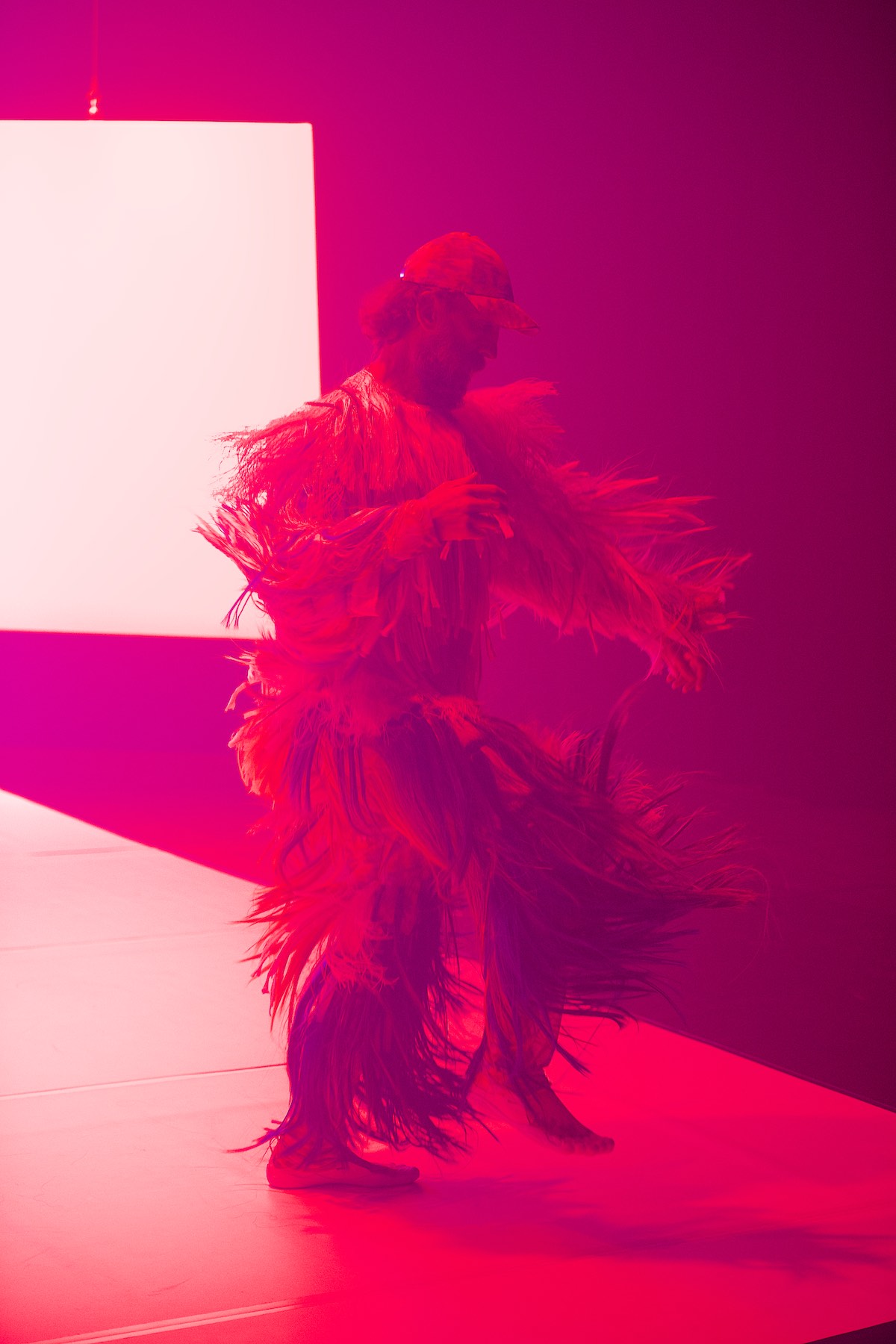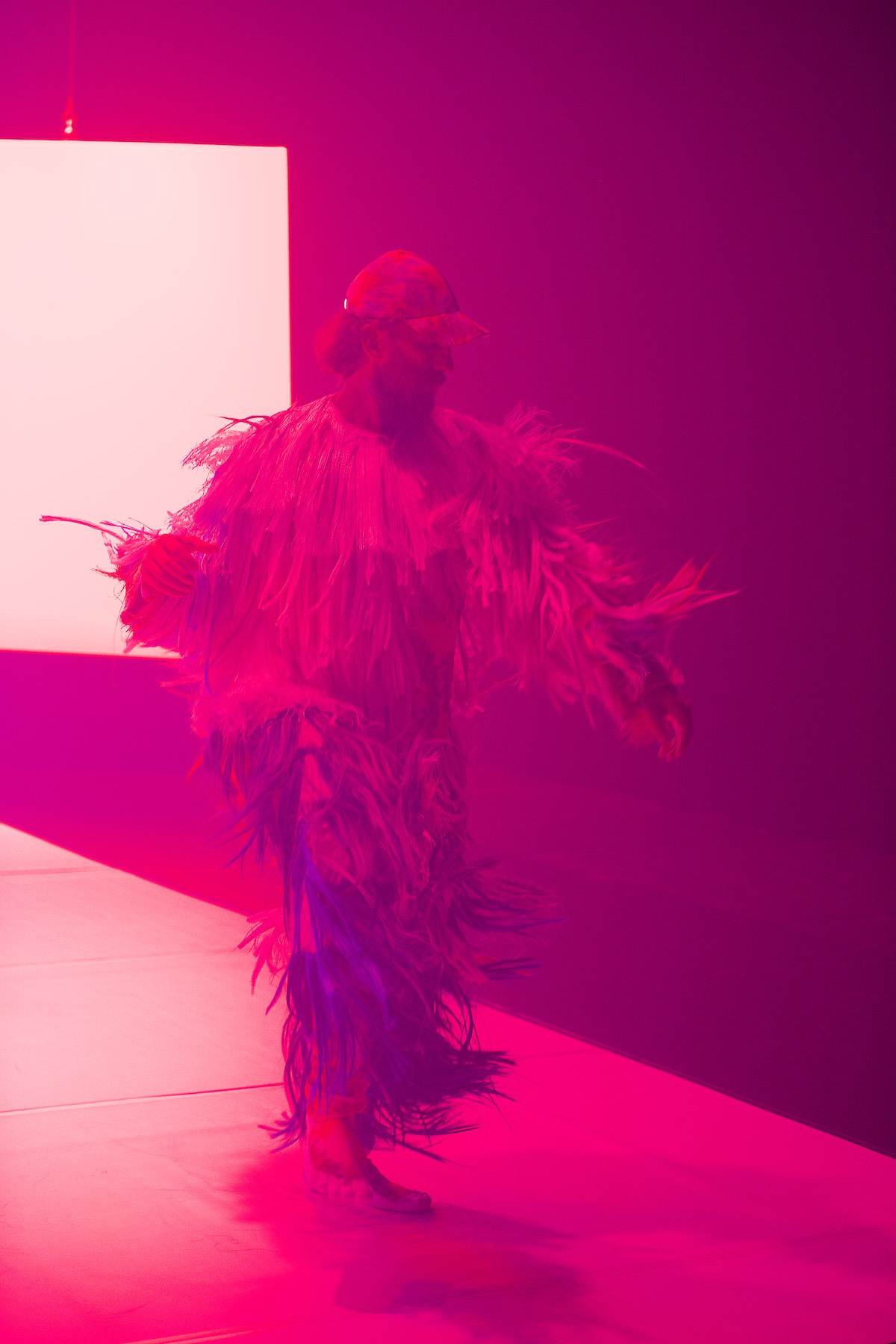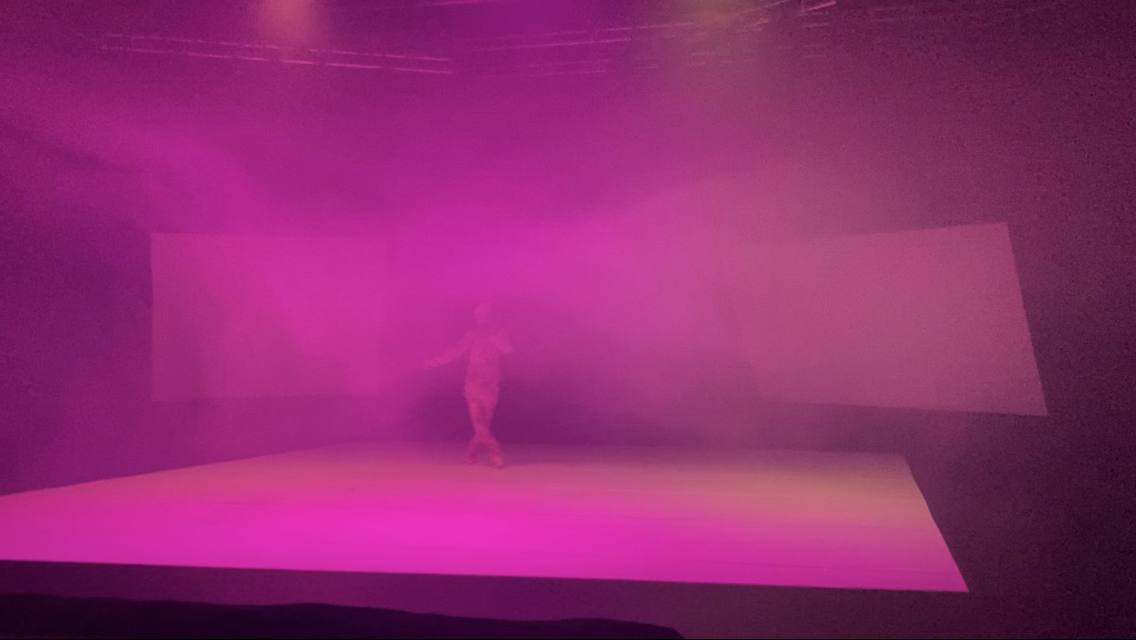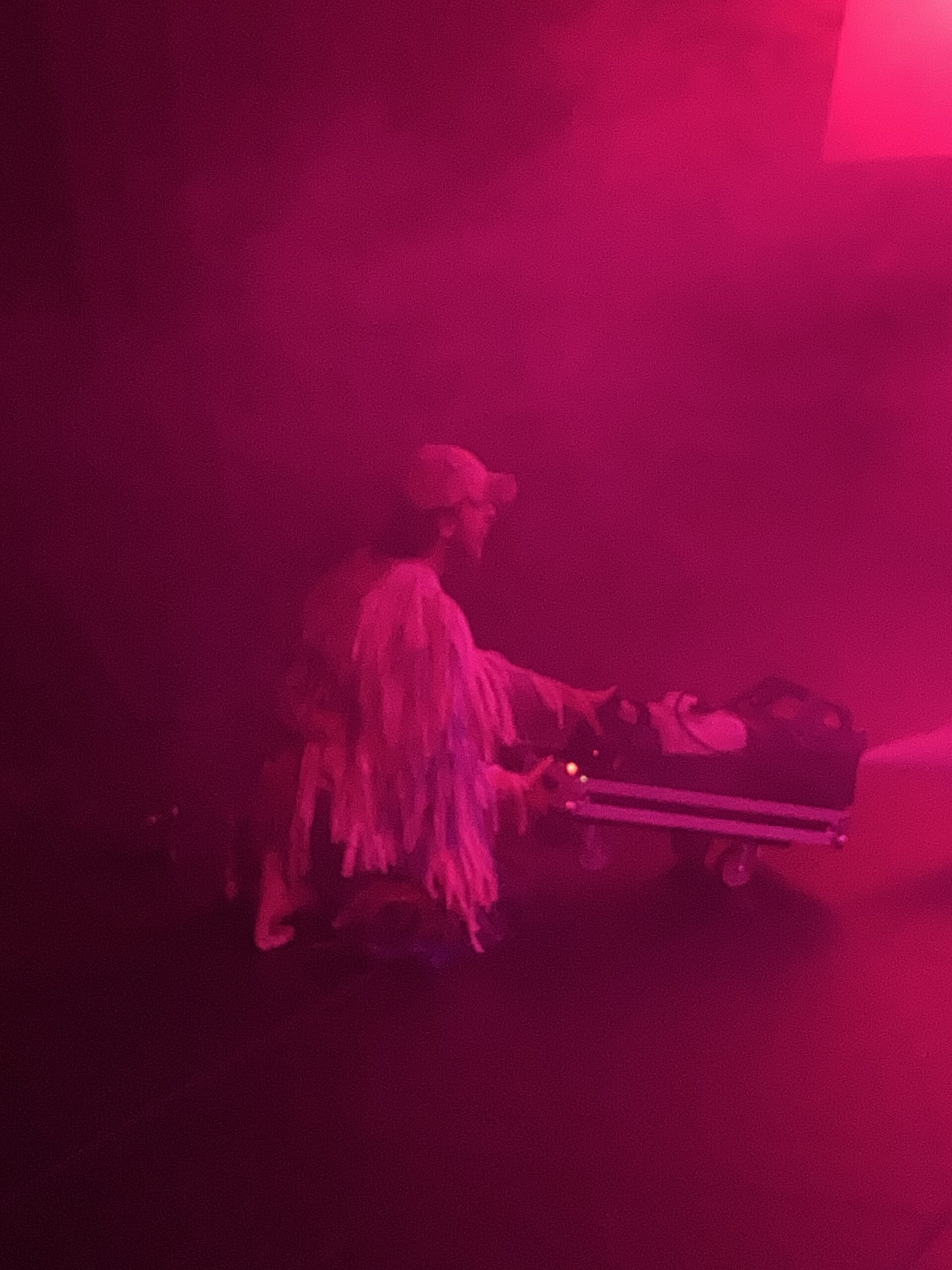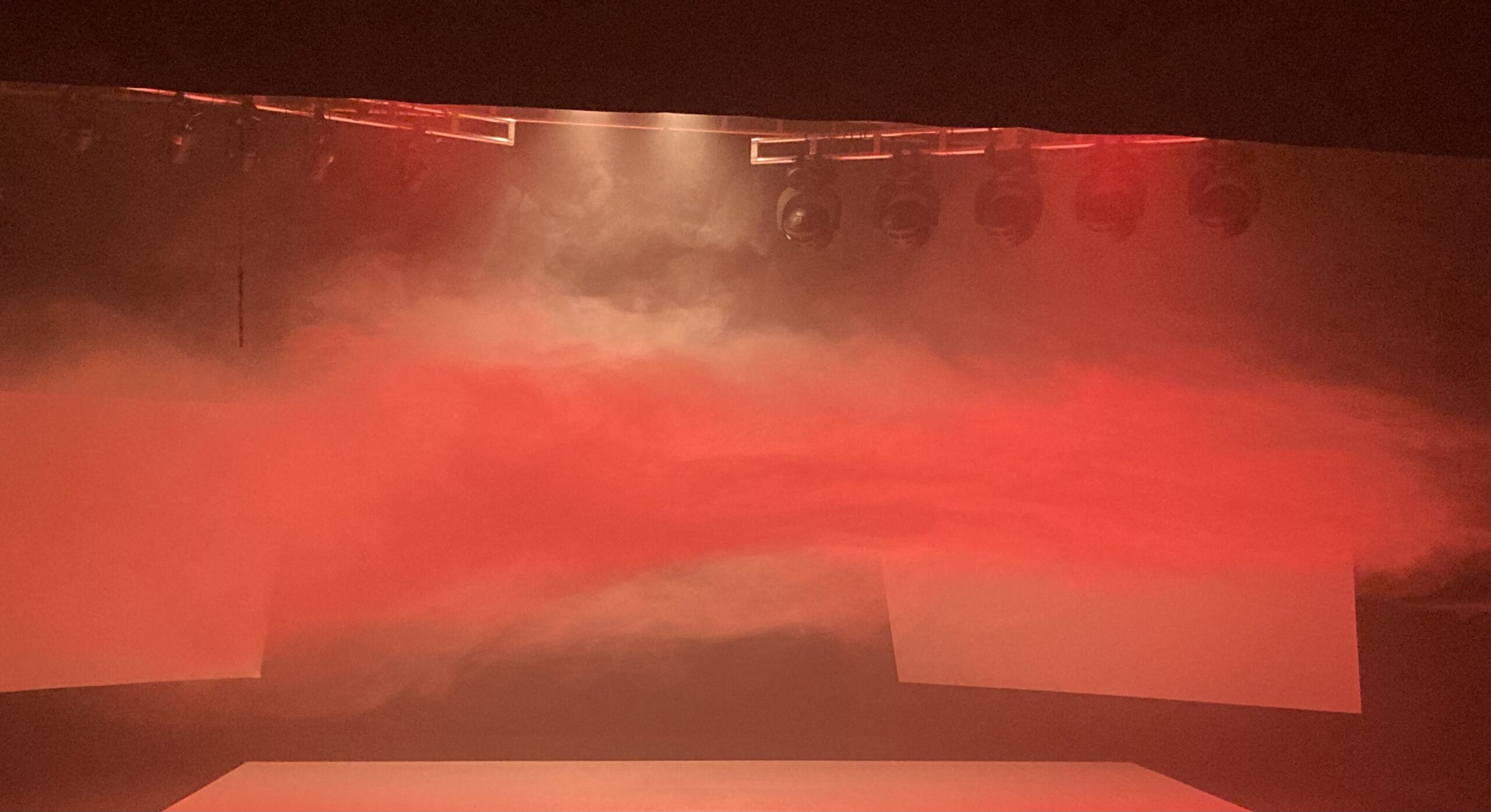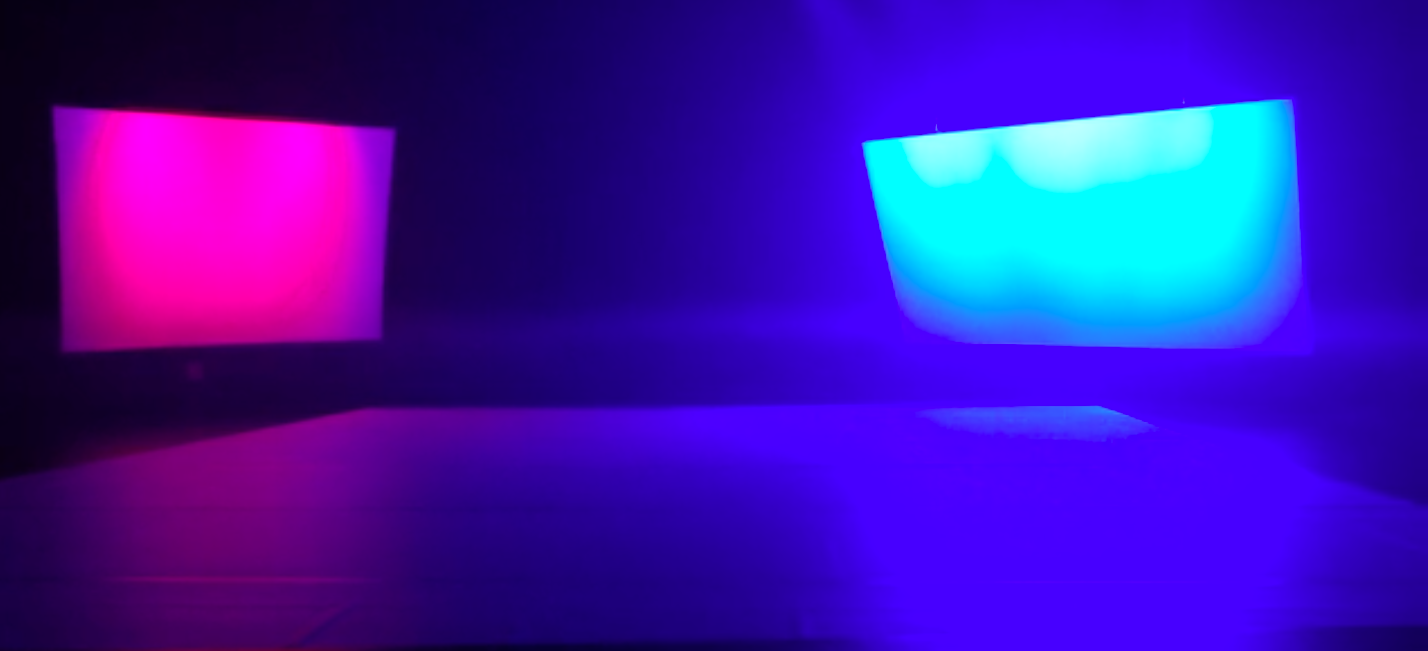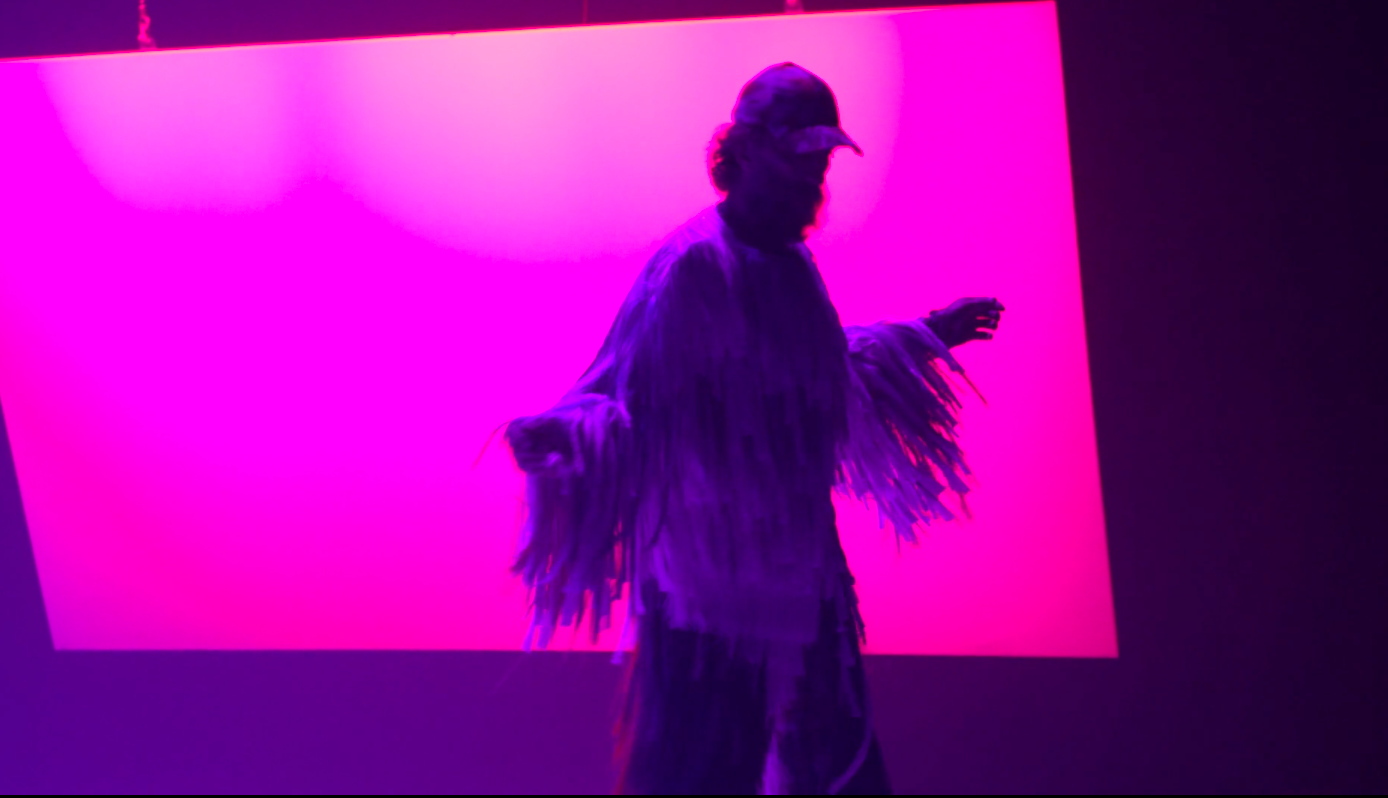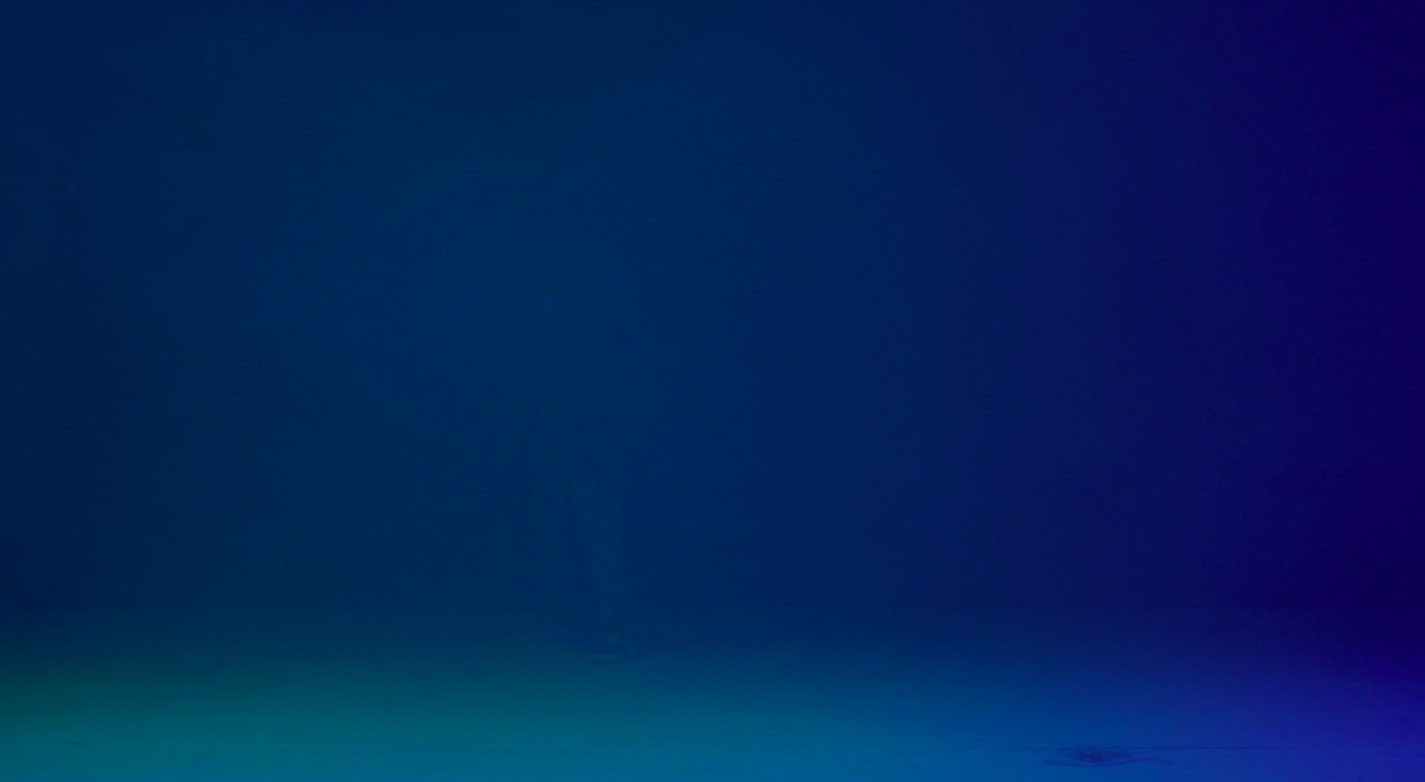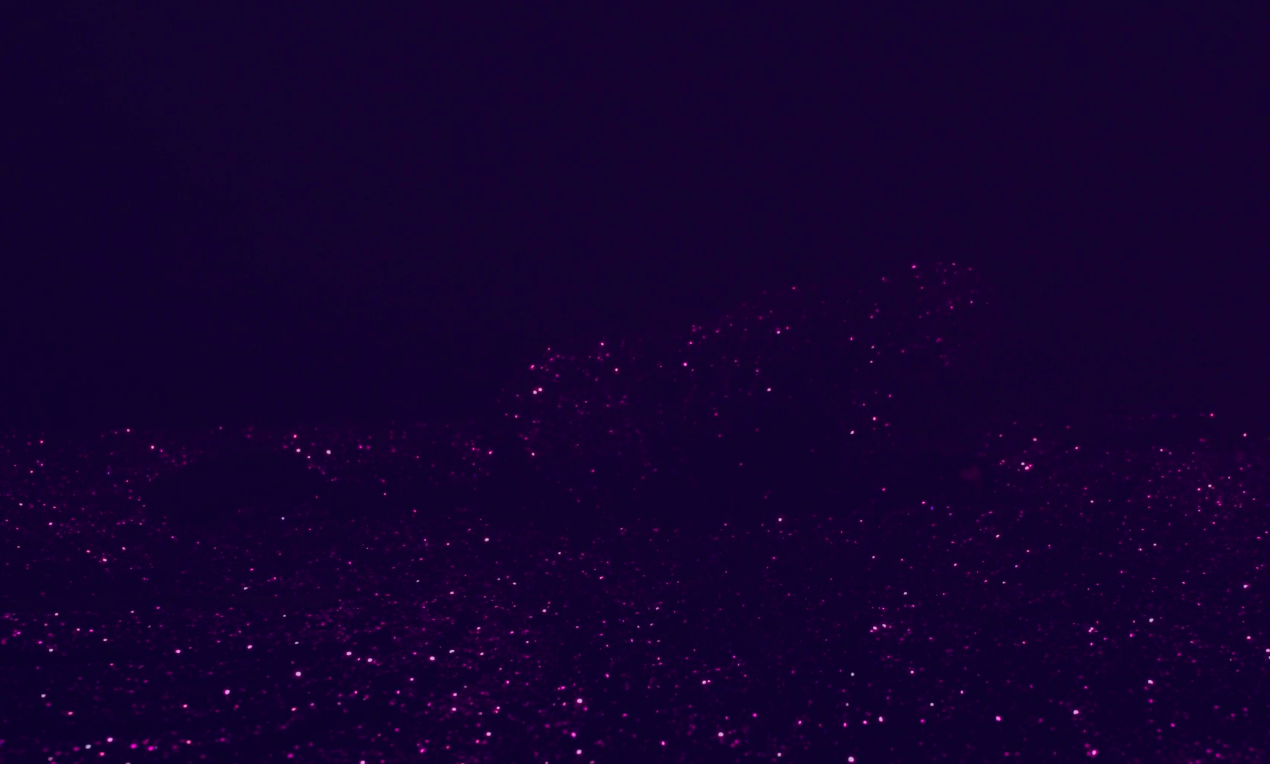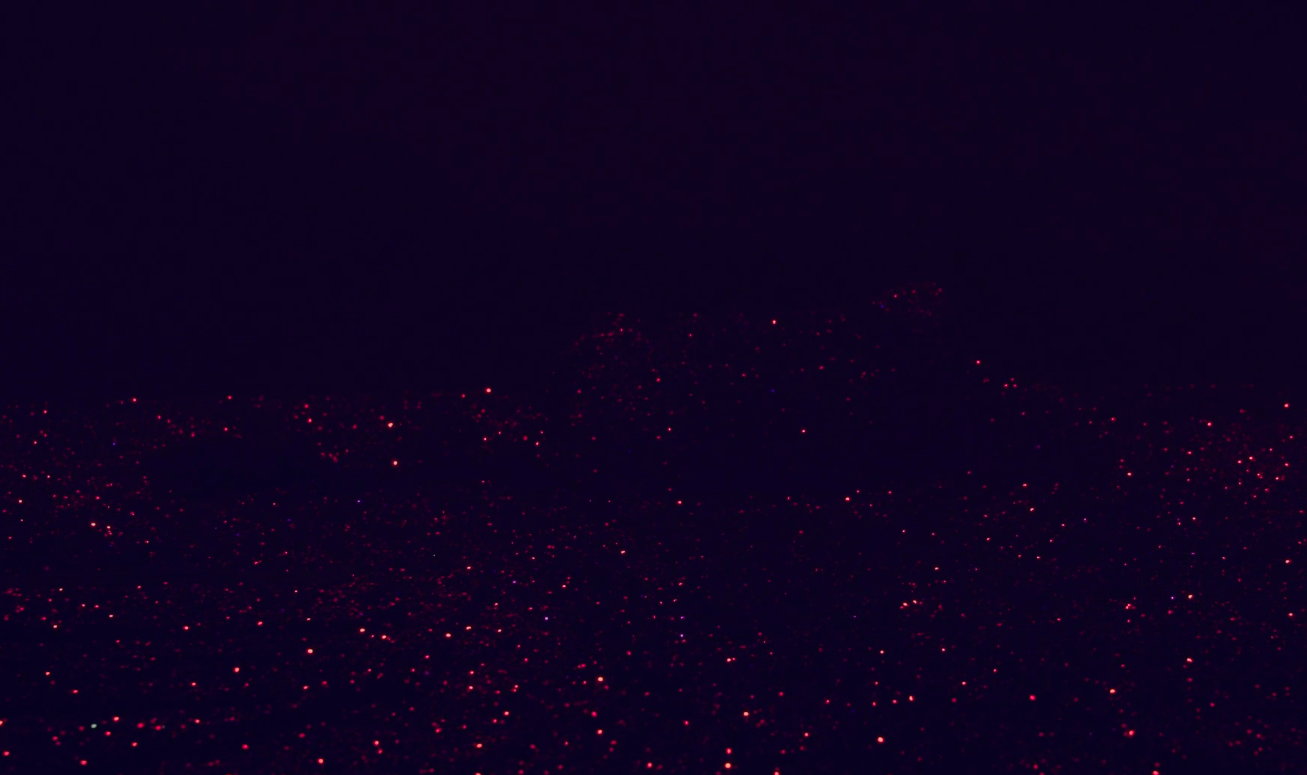Rhythm Is The Place
(2022)
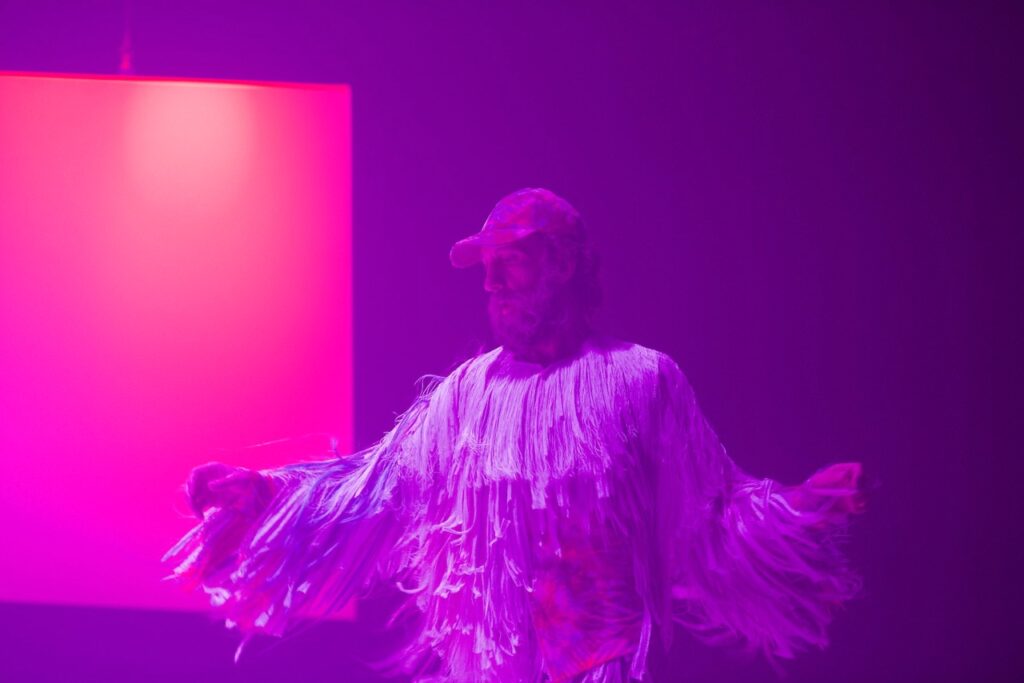
Concept and Director
Juan Domínguez
Performance
Juan Domínguez / Jaime Llopis
Artistic Companion
Arantxa Martínez
Julia Rodríguez
Light Design
Catalina Fernández
Costumes
Jorge Dutor
Production Manager
Annika Stadler
A production by Juan Domínguez in co-production with Kunstencentrum BUDA, Tanzfabrik Berlin and Radialsystem. Financed by Hauptstadtkulturfonds-Berlin.
Shoreless river
Juan Dominguez has been occupied with the concept of time forever. Or, to be precise, since the early 2000s. His earlier works bore titles such as “All Good Spies Are My Age” And “The Application”, “ All Good Artists My Age Are Dead”, “Between What Is No Longer And What Is Not Yet” and wove together narratives of past processes and projected futures, memories and promises, unsettling our sense of the present, exposing it as thick with layers of temporal reality. “Rhythm Is The Place” returns to time, letting the rhythm and duration open up the possibility of a present that is neither linear nor circular but vibrant – simultaneously suspended and (dis-)continuous. In the piece, time is performative: it is a relative entity which transforms our gaze and our socio/somatic relation to bodies and situations – to what it means to age, to time things, to spend time with things and to our own bodies and perceptions. Collapsing the contract of time to be understood as space, here rhythm as difference becomes a place we can inhabit. In the performative format of a 60-minute piece, Juan shows time as a-chronological, as a linear.
“Rhythm Is The Place” begins in darkness, with light crackling sounds filling the room — synthetic raindrops, neither organic nor mechanical, an irregular soundscape. The ever-changing sounds lay out a landscape of textures and spatial and tactile sensations without an apparent composition.
Slowly, a blueish-purple color appears on the left back corner of the stage, then green enters the screen, then brick red, then pink. Colors seem to move into each other like a digital lava lamp. Just like the sound, this visual field seems organic, and sensuous while being obviously digital. Brief moments feel like glimpses of figuration when colors remind of body parts or a flickering candle.
When the second screen, in the back right corner, also fills with colored light, composition develops across the two – red and green as complementary colors, sand color moving through green across the whole space then each side going on with its own developments…
The sounds amplify gradually, an almost repetitive pattern briefly appears in the waves of sonic intensity, nearly a beat, while the floor gets filled with color as well, forming a third rectangular surface to join in the play of composition. A brief blackout marks the appearance of a human figure in the right back corner: Juan Dominguez, dressed in a costume with hair-like fringes which extend his every movement, with a baseball cap and barefoot toe shoes, a mesh-up of recent technologies and traditional/ancient looking outfits.
Juan, a tall 60 years-old-man, is skipping on the spot, upright, his arms counterbalancing the lifted knees, he is nonchalant and precise. The rhythm of his movement coexists with the near-rhythmicity of the sound, not quite synchronising. The repetitive movement changes gradually as Juan slowly rotates, or suddenly as he shifts to a lateral two-and-one-step. This new pattern dissolves almost immediately; sequences and patterns will keep appearing and disappearing. Their simplicity allows for a fast recognition, details gain importance.
Variations will include the arms’ relation to the feet, spatial movement, rhythmical accent with or against gravity (up- or downbeat). Just like what happened with the colors and the sound, I first find myself watching and trying to follow the progression of changes, to notice composition over time, and soon enough I’m absorbing each moment on its own without much zooming out anymore. As the lights get stronger, patterns become visible under the fringes of Juan’s costume. The scene, composed of gaze, visuals and movement, keeps changing without any significant transformation seeming to operate. It moves all the time and nowhere in particular, no moment seems to offer itself as a cut into a before and after, and no traceable evolution unfolds in front of us. Instead, this stream of compositional situations gives an ongoing sense of wakefulness, presence and pleasure in details. When Juan looks up towards the audience, he is focused. He’s not dancing for us but in front of us.
No social relation is offered here, his dancing is there as part of a tableau, for us to contemplate. On the other hand this exchange of gazes opens for the acknowledgement of Juan as the particular person he is, with his personality and history.
As he starts clapping hands, everything gathers. Whereas the clapping first installed a regular beat to the irregular soundscape, the latter stabilises towards a beat/counter beat relationship, clapping turns to finger snapping on the beat, steps join in. The soundscape will maintain this tempo for the next 12 minutes, reduced to a simple click, a metronome that Juan will follow for a while before de-synchronising from the beat again. In that insistant sonic structure Juan takes off the fringes and moves a smoke machine around the space, clouds materialising like a new type of patterns. Wearing a new costume made of light material which ripples stay close to his body (whereas fringes lengthened movement through space, those waves blur the outline of Juan’s body), Juan goes for another round. Passing through where he first appeared and the skipping he had done there, still on the beat, he continues with lighter steps, almost the suggestion of a skip, a thought. Ballet dancers call it “marking”, the tiniest movement standing for full body exertion in order to memorise a sequence, to imagine a dance, and as we see him move we also imagine the dance. Slowly, movement will de-synchronise from the beat again until the sound completely stops. The dance then becomes larger again, encompassing twirls and chassés across a diagonal, arms lifted over the head, taking the space and engaging in side steps, genres like modern dance or sirtaki are evoked, speeds vary, continuity is broken several times before the hands start clapping again and re-synchronise to the beat of the sound.
Juan picks a large piece of sequined fabric that had been lying in front of the stage andspreads it across the floor. Another rhythmical layer joins in as the spangles shimmer in the light, closer to the the sonic crackles than to other visual elements so far. Juan sits in the middle of this glittering surface and changes to a costume made of the same material, disappearing in plain sight. He counts to seven a few times, plays with sounds and words like “boom”, “you”, “you and you”, “and all of you”, counts again a few times then silence takes over. Juan stands up, a silhouette against the colorful screens behind him. He steps again, his lightest arms swing, transforming into circles on the sagittal plane. I keep counting in my head the complex seven-beat even though his feet re-established a binary pace. As the lights turn down, Juan’s silhouette becomes only distinguishable through the difference of rhythms in the glittering surfaces. His body turns into a presence and a sensation without a form before the sparkles spread out in space, to finally disappear.
Contrary to admitted notions of rhythm, what constitutes place in the performance has more to do with transsensorial compositions than with the distribution of time. Of course minutes go by and for a while a clear, regular beat even takes over the soundscape, yet as an audience I’m not counting and this is only one element of the rhythmical field the piece creates. More than durations I sense shifts, nuances, variations. Rhythm indeed pulses across every media involved as well as in the changing compositions across those. Fernand Schirren, who taught rhythm to generations of dancers and choreographers at the Brussels dance schools Mudra and then P.A.R.T.S, encapsulated his teaching in a simple phrase:
“Rhythm is that which is different in that which is the same”. In this sense, rhythm pervades every medium engaged in the performance: sound, lights, costumes, choreography, and smoke. This propagation extends the sense of rhythmicality into a broader realm. Our human tendency to identify sameness in order to organise our perception of the world doesn’t separate perceptive realms from each other; instead, we take in complex sensorial situations, compositions of sensuous elements and then notice the contrasts, continuities, complementarities and other relational qualities which form and dissolve. The choreographic strategy in “Rhythm is the place” turns this process into one changing and permanent synesthetic reality.
The shifting synchronicities of both sensuous intensities and temporal patterns extend the physical reality of Juan’s body. This body is one of time as it ages and accumulates experience, as it tires and negotiates the energy levels required by the situation. It is also a body of presence as it participates in material, intensive encounters. As long as we’re alive, as long as time is felt and inhabited, it eludes measuring while passing, holding together finitude and the infinite.
When he created “All Good Spies Are My Age”, Juan was 38 years old. His body was present on stage as he sat behind a table, and its temporal existence spread into the past and future through the text cards he displayed. The “passing of time” in his body was represented in language and image. At the end of the piece, he showed a portrait of himself (synthetically) aging, year after year, until he put on a realistic mask of what he might look like when he would be very old. 22 years later, in “Rhythm is the place”, co-existing temporalities are not represented but acutely present in his very body. As theatergoers, we have been trained to watch bodies between 25 and 40 years old as simply “adult bodies”.
The performance of an older man is an event per se, which doesn’t allow such an abstracting gaze. It is the very friction of human, linear time with the proliferation of micro-perceptions and ongoing change that exposes the impossibility of measure when it comes to human experience.

